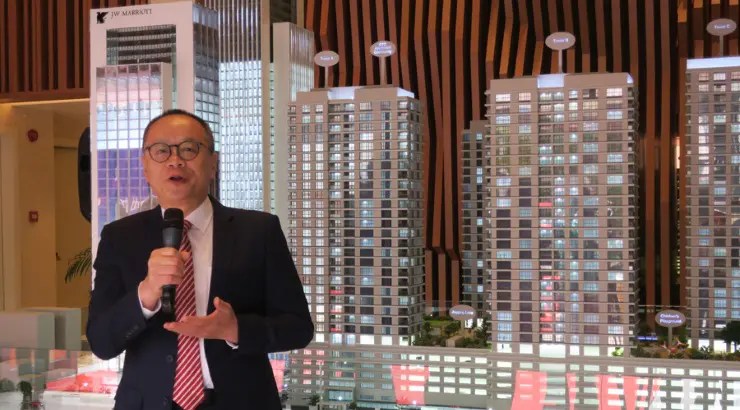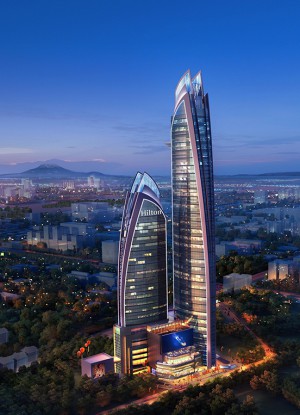hilo pori liko hapo kama swagggg yaani uko katika safari lakini ukijionea simba na kadhalika na wakati huo huo jiji lipko hapo nyuma..Nyumba mbili mapori kibao
Nairobi bado sana
sio kama kwenu simba ndio umwone lazima uendeeeeeee hadi serengeri sijui ngoro ngrrrrrrrrro





